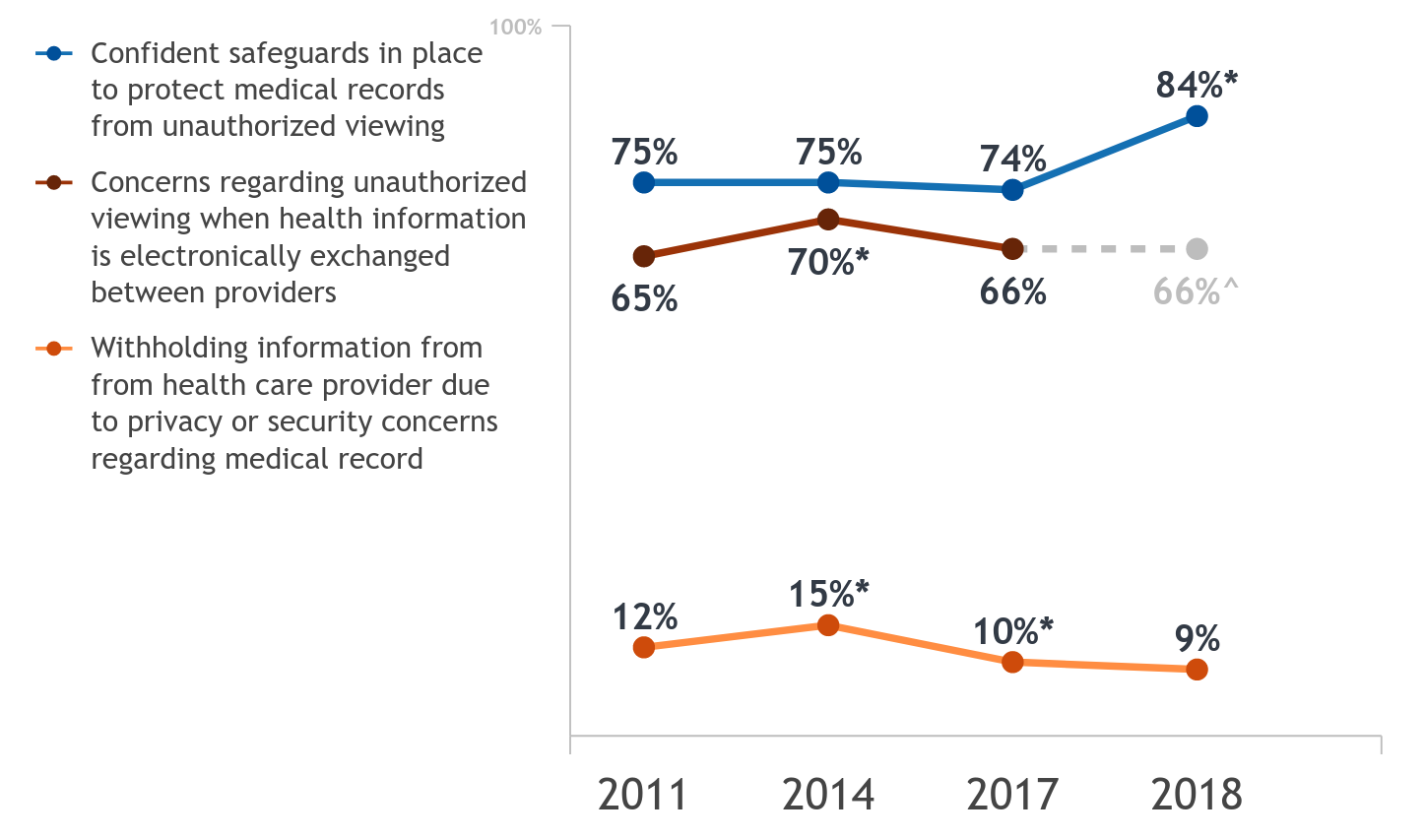
A majority of individuals (84%) are confident their medical records are safe from unauthorized viewing, but have concerns (66%) when health information is electronically exchanged. More individuals are now confident their records are safe from…
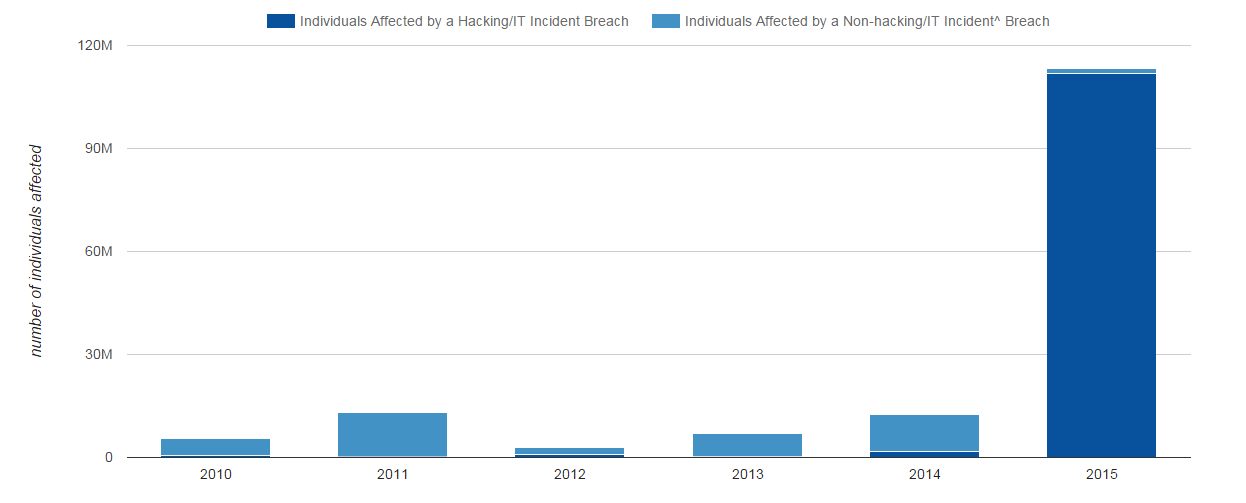
Based upon data collected by the HHS Office for Civil Rights, as of February 1, 2016, protected health information breaches affected over 113 million individuals in 2015. In 2015, hacking incidents comprised nearly 99% of all individuals affected by…
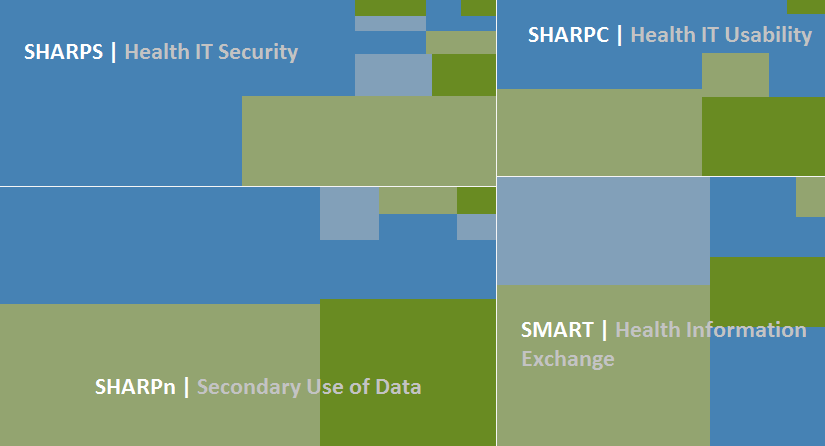
The Office of the National Coordinator for Health IT established the SHARP program to support innovative research and to address well-documented problems that impede the adoption and use of health IT. The SHARP program covers four subject areas:
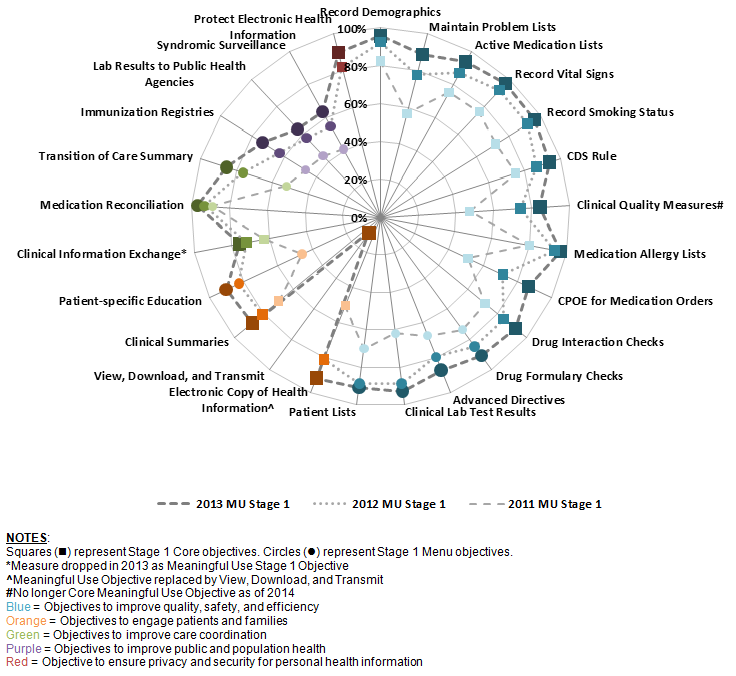
Stage 1 of the Meaningful Use program consists of 24 core and menu objectives. Hospitals began attesting to Stage 1 in 2011.
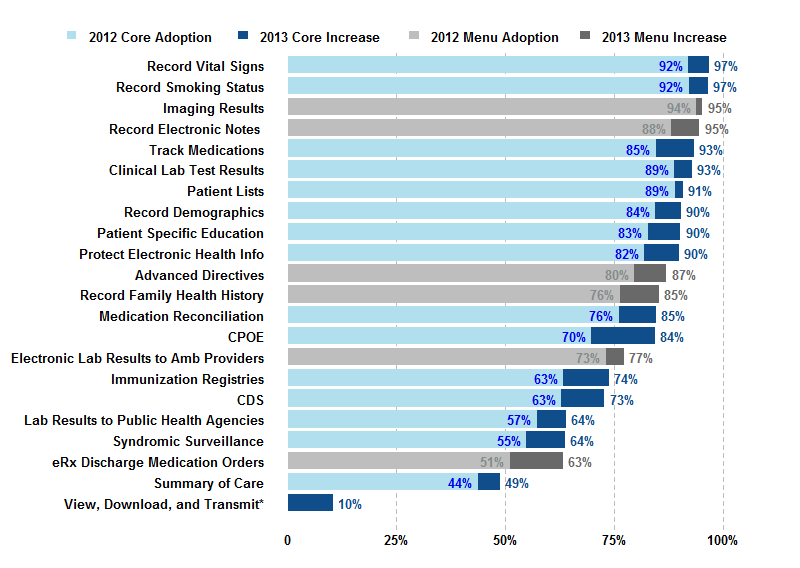
Stage Two of the Meaningful Use program consists of 22 core and menu objectives. A subset of hospitals will be eligible to begin attesting to these Stage 2 objectives in 2014. In 2013, adoption rates for 20 of these objectives were over 60 percent.…
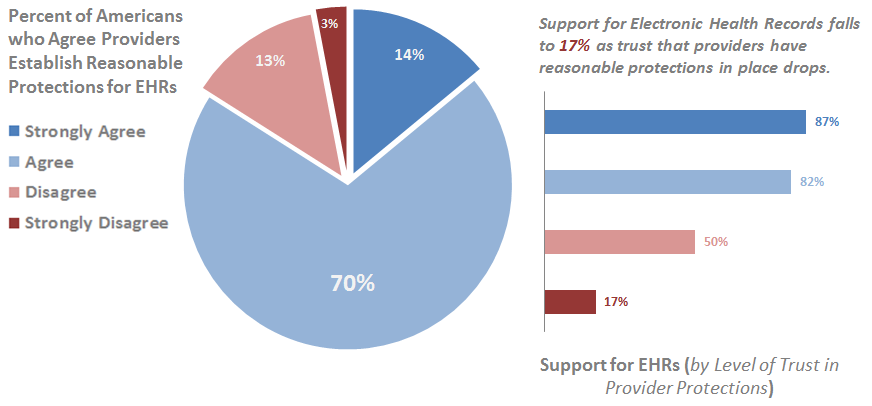
As the adoption of electronic health records (EHRs) and health information exchange (HIE) expands, and patient health information is increasingly stored and shared by providers electronically, it is important to monitor patient trust in providers'…
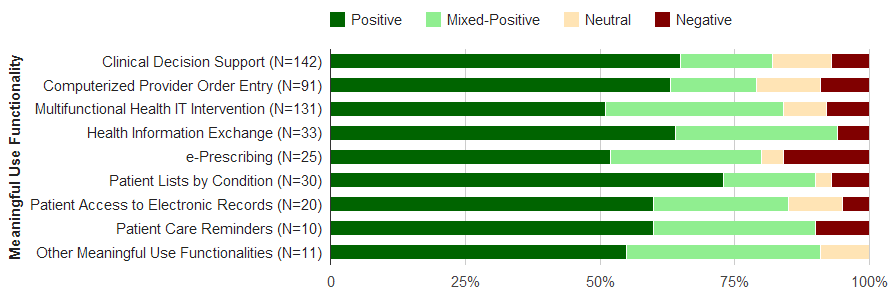
Graphic visualizes Health IT evaluation studies, 2007-2013 (n=493), related to the impact of Meaningful Use functionality on the quality, efficiency, and safety of care (or aspects of care). Positive defined as health IT improved key aspects of care but…
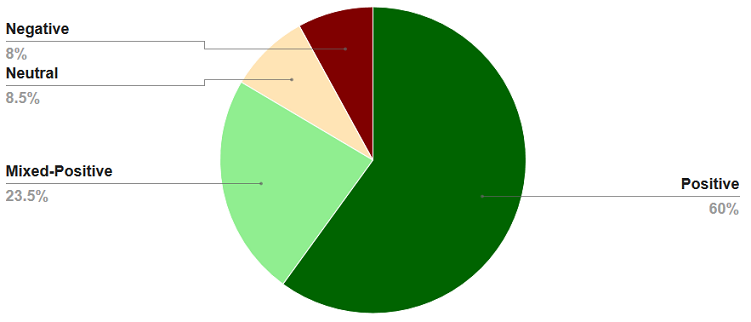
Graphic visualizes Health IT evaluation studies, 2007-2013 (n=493), related to the impact of Meaningful Use functionality on the quality, efficiency, and safety of care (or aspects of care). Positive defined as health IT improved key aspects of care but…
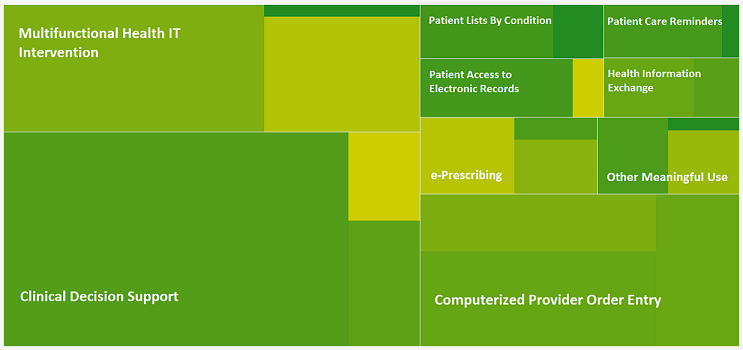
The 'Updated Systematic Review' reviews the January 2010 to August 2013 health IT literature to examine the effects of health IT across three aspects of care -- efficiency, quality, and safety. This report updates previous systematic reviews of…
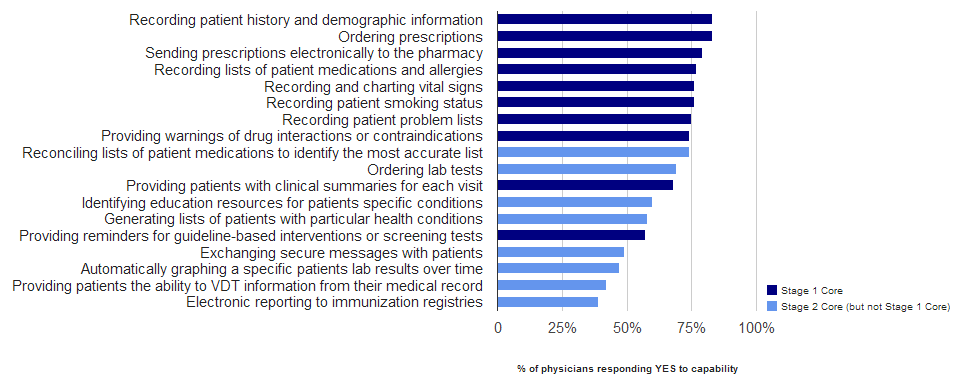
In 2013, physician adoption rates for computerized capabilities related to selected Meaningful Use Stage 1 and Stage 2 objectives ranged from 39% to 83%. About three-quarters or more of physicians had adopted computerized capabilities for recording key…
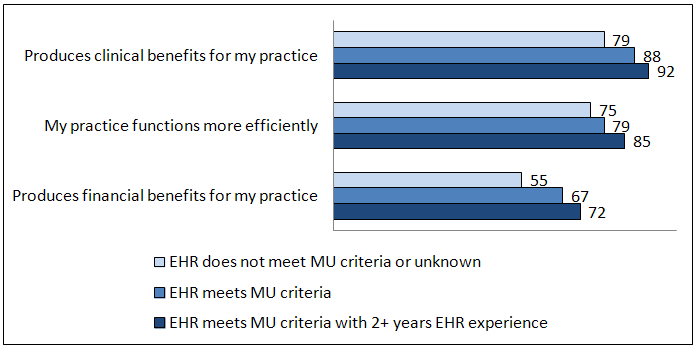
The majority of office-based physicians with electronic health records (EHR) reported their EHRs had clinical, efficiency, and financial benefits for their practice. Physicians with EHRs meeting meaningful use (MU) criteria were more likely to report…
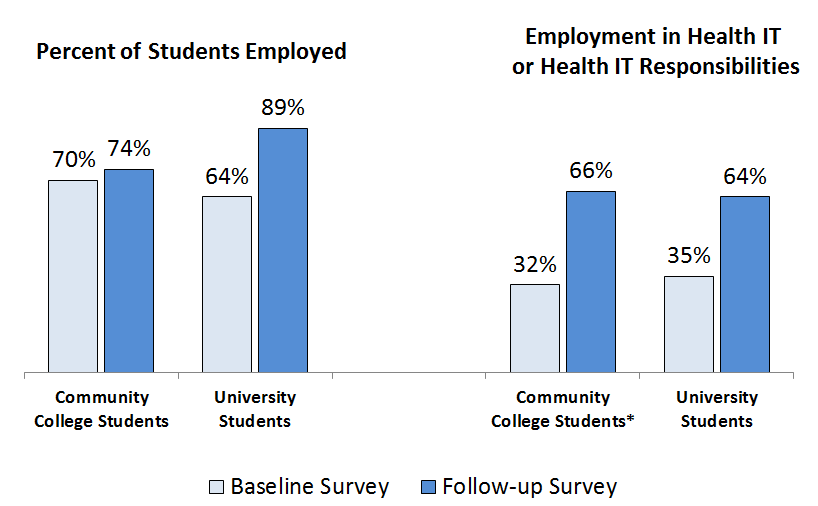
Over three-fourths of students trained by the HITECH Workforce Programs were employed within six months of completing training. Moreover, two-thirds of all trained professionals were employed in health IT or had health IT related responsibilities.
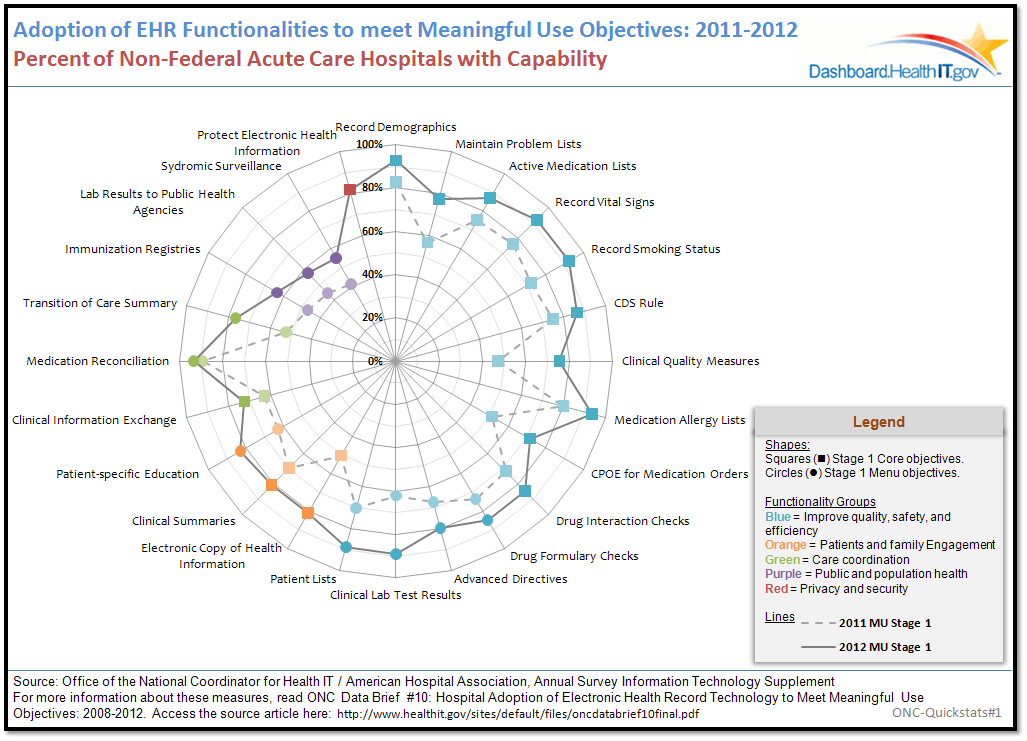
Hospitals continue to demonstrate increasing capability to meet Meaningful Use objectives. Click the radar chart to see which meaningful objectives hospitals are meeting the fastest.

